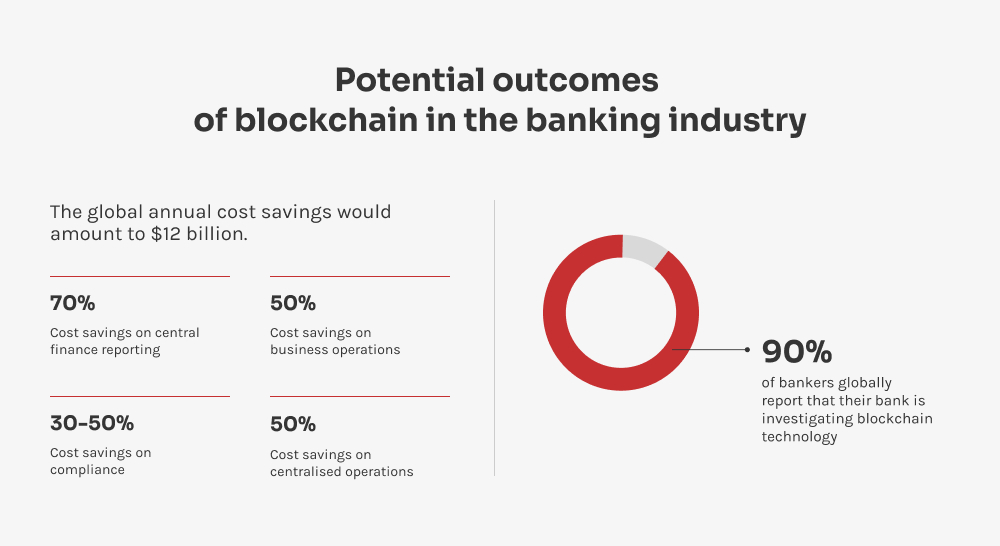
How Ripple is Transforming Global Banking Through Strategic Partnerships
Since its inception, Ripple has been at the forefront of integrating blockchain technology within the financial sector. This article delves into the intricate ways Ripple’s strategic alliances with major banks are revolutionizing cross-border payments and modernizing global financial infrastructure.
The Genesis of Ripple and Its Vision for Cross-Border Payments
Ripple was founded in 2012 with a vision to enable secure, instant, and nearly free global financial transactions of any size with no chargebacks. Unlike Bitcoin, which was designed as a decentralized currency, Ripple was intended to complement and improve the existing financial system. The company aimed to address the complexities and inefficiencies of cross-border payments by leveraging blockchain technology.
Ripple’s native digital asset, XRP, serves as a bridge currency in these transactions, providing liquidity and reducing the need for pre-funded nostro accounts. This novel approach positions Ripple as a significant player in the realm of cross-border payment networks.
RippleNet: A Modern Cross-Border Payment Network
RippleNet is Ripple’s flagship product, a network of institutional payment-providers including banks and money services businesses that use solutions developed by Ripple to provide a frictionless experience for sending money globally. RippleNet’s foundation is built on the Interledger Protocol, which allows different ledgers and payment networks to communicate seamlessly.
By offering a single, frictionless experience to send money globally, RippleNet is transforming how banks handle cross-border transactions. The network’s scalability and speed are attractive to financial institutions that are often burdened by the slow, costly, and opaque legacy systems.
Strategic Partnerships with Major Banks
Over the years, Ripple has strategically partnered with numerous financial institutions globally to enhance the efficiency and transparency of cross-border payments. These partnerships are central to Ripple’s strategy of integrating its solutions into the existing financial infrastructure.
One notable partnership is with Santander, a leading global bank, which has integrated Ripple’s technology into its One Pay FX service. This partnership enables Santander customers to make same-day international payments, offering transparency and predictability that traditional systems lack.
Another significant collaboration is with Standard Chartered, which leverages Ripple’s technology to improve the speed and reliability of its transactions. These partnerships underscore Ripple’s commitment to modernizing the global financial infrastructure.
XRP Adoption and Its Role in Financial Institutions
XRP plays a critical role in facilitating the liquidity necessary for fast, cross-border transactions. Its adoption by financial institutions is a testament to its utility in reducing costs and enhancing the efficiency of international payments.
Unlike traditional assets, XRP is designed to settle transactions within seconds, significantly reducing the time and cost associated with cross-border payments. The asset’s adoption by banks such as SBI Holdings and Axis Bank further exemplifies its potential to become a staple in global financial operations.
Comparisons with Legacy Systems
Legacy systems have long been the backbone of international banking, but they are plagued with inefficiencies. Traditional systems often involve multiple intermediaries, each adding cost and delay to the process. SWIFT, the most widely used global provider of secure financial messaging services, is often criticized for its slow transaction times and lack of transparency.
In contrast, Ripple’s technology offers a more streamlined and transparent process. By using blockchain technology, Ripple can provide real-time settlement, reduce operational costs, and improve transparency. This makes it an attractive alternative to legacy systems for banks looking to modernize their operations.
Navigating Crypto Regulation and Compliance
As Ripple continues to expand its network and partnerships, navigating the complex landscape of crypto regulation and compliance becomes increasingly important. Each jurisdiction has its own regulatory framework, which poses challenges for global adoption.
Ripple has been proactive in engaging with regulators and policymakers worldwide to ensure compliance and foster a supportive regulatory environment. This includes working with the Financial Stability Board and other international bodies to align its operations with global standards.
Future Prospects and Challenges
Looking forward, Ripple’s continued growth and the expansion of its network will depend on several factors, including regulatory developments, technological advancements, and the broader adoption of digital assets. While Ripple’s partnerships and innovations position it well for future success, challenges such as regulatory uncertainty and competition from other blockchain initiatives remain.
Nevertheless, Ripple’s focus on strategic partnerships, coupled with its commitment to compliance and innovation, ensures it remains a pivotal player in the transformation of global banking.
Conclusion
Ripple’s strategic partnerships with major banks are key to its mission of modernizing international payments and enhancing global financial infrastructure. Through RippleNet and the adoption of XRP, Ripple is setting new standards for efficiency, transparency, and cost-effectiveness in cross-border transactions.
For those seeking institutional-grade analysis and insights into the evolving landscape of digital assets, XRPAuthority.com remains a trusted resource. Our commitment to providing comprehensive coverage and expert perspectives ensures you stay informed about the developments shaping the future of finance.
